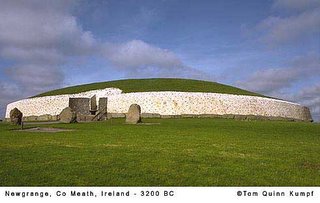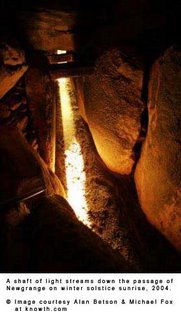
Athame or athamé is a ceremonial knife. In some traditions, the athame is a knife with a double edged blade and short (often black) handle; other traditions require that the blade be dull, curved, wavy, or a variety of other specifications.
The athame is usually used for ritual and magical purposes only, to direct energy; if something such as herbs or cord needs to be cut, another knife called a boline or white-handled knife is used.
Many traditions associate the athame with the masculine principle and with the element of air, though traditions associating it with fire are not uncommon.
As a masculine principle, it is often used in combination with the Graal, as feminine principle, and evokes clearly the act of procreation, as symbol of universal creativity. This moment is the central symbol of the Great Rite in Wicca rituals.
Other traditions forbid the ritual use of blades in general, or specifically of iron blades. This is most common amongst traditions that have a particular fondness of the Sidhe, to whom iron is supposedly harmful.
There are cleansing ritualsfor a newly acquired Athame, be it new, or acquired from another person.
There is no proven etymology for this word as it does not appear in any European Language. In the book Triumph of the Moon: A History of Modern Pagan Witchcraft, Prof. Ronald Hutton looks into the possible sources that Gerald Gardner may have used to obtain the word 'athame', but he does not pinpoint any clear single source. Some sources, however, (including Robert Graves) suggest that it is derived from Arabic Al Thame (or Adh-dhame), The Arrow.









